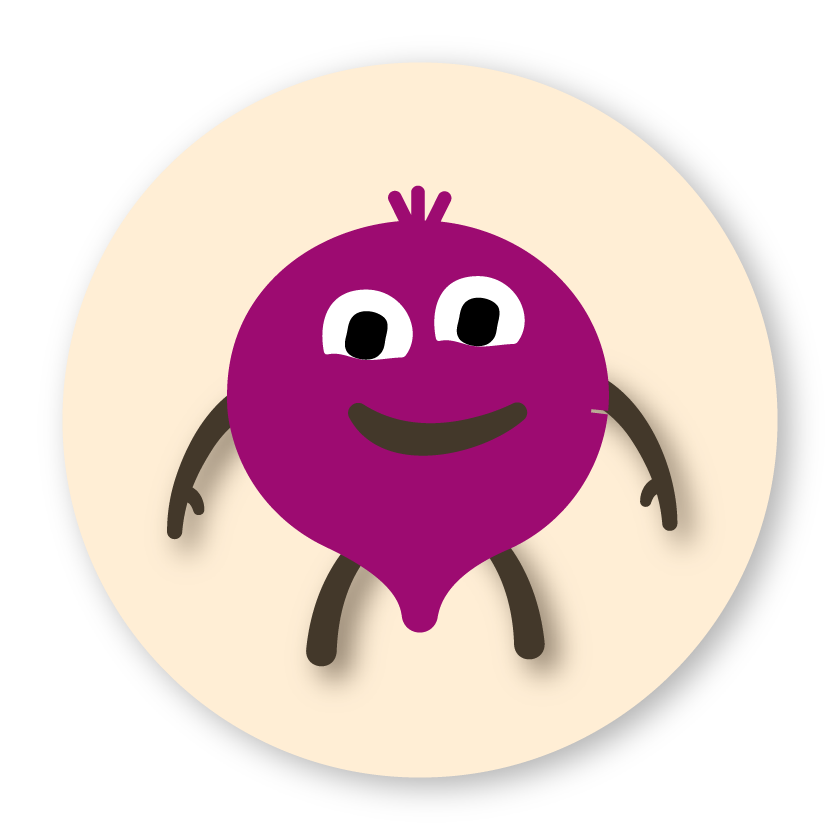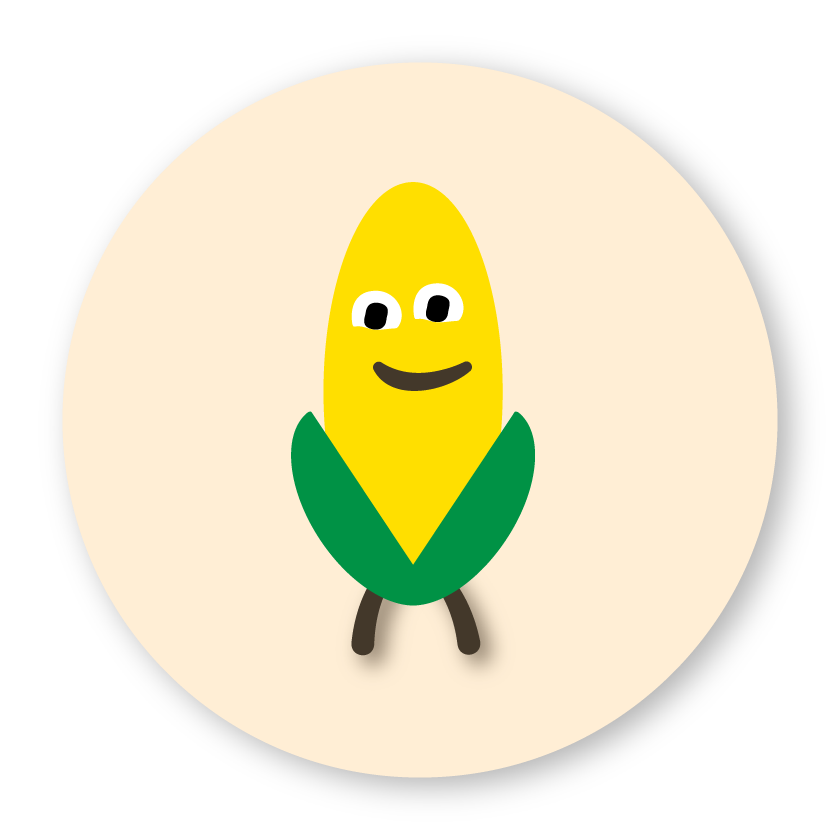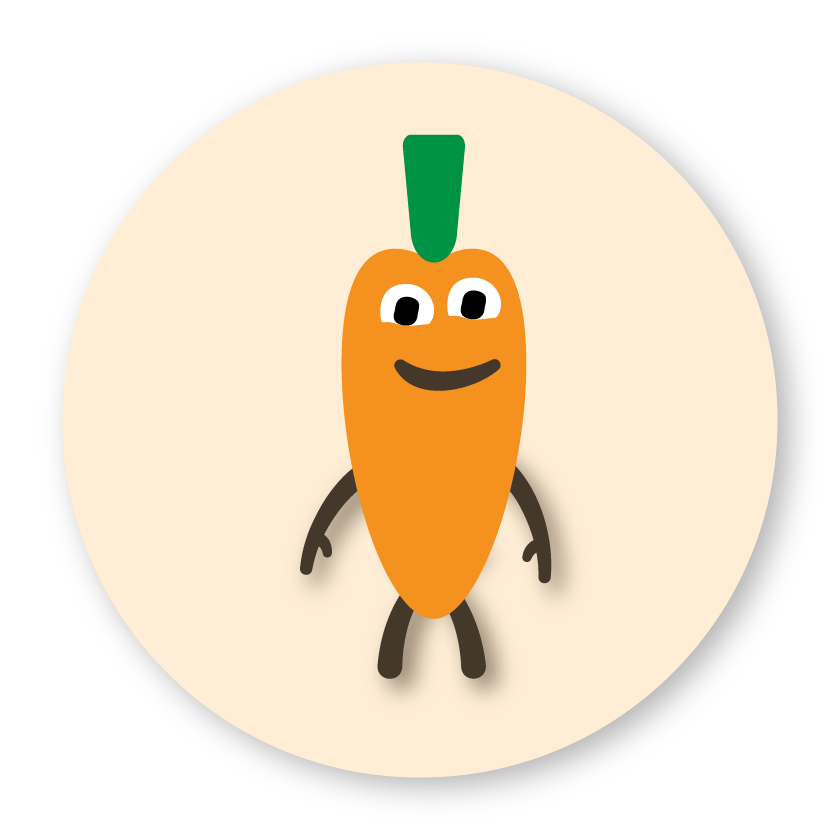Choices

Using choices for having a better attitude Recognize what you want to see: Being respectful and kind, doing something with a good attitude Use the skill: Try giving choices between two tasks. For example, “It’s time for chores. You can either take out the trash or put away the dishes today.” Purpose:Give your child choices […]
When-Then/If-Then

Using when-then & if-then statements for having a better attitude Recognize what you want to see: Being respectful and kind, doing something with a good attitude Use the skill: Let your child know how to show a better attitude and why. For example, “When you speak to me with respect, then I will answer you.” […]
Strategic Attention

Using strategic attention for having a better attitude Recognize what you want to see: Being respectful and kind, doing something with a good attitude Use the skill: Try to ignore the negative attitude. Give attention to any positive behaviors. Purpose:The more attention you give a bad attitude, the more annoyed and frustrated your child will […]
Redirect

Using redirect for having a better attitude Recognize what you want to see: Being respectful and kind, doing something with a good attitude Use the skill: You might try playing “I spy” or pretending you can’t find something. Praise your child for playing along. Purpose:Redirect helps your child focus on something they like. This improves […]
Adjust the Environment

Using adjust the environment for having a better attitude Recognize what you want to see: Being respectful and kind, doing something with a good attitude Use the skill: If your child’s attitude gets worse, bring them water and a snack. If your child slept poorly, you might adjust your plans or reduce demands on your […]
Transitions

Using transitions for having a better attitude Recognize what you want to see: Being respectful and kind, doing something with a good attitude Use the skill: Try transitions before activities your child doesn’t like. For example, “After this game, it will be time for chores. After chores, we can play again.” Purpose:It is easier for […]
Recovery

Using recovery for reducing anxiety and feeling safe Recognize what you want to see: Feeling safe, calmly talking about emotions, acting brave. Use the skill: Use lots of PRIDE skills after your child does something brave. For example, “I’m so proud of the way you faced your fears!” Purpose:Children need recovery time after feeling anxious. […]
Helping

Using helping for reducing anxiety and feeling safe Recognize what you want to see: Feeling safe, calmly talking about feelings, acting brave. Use the skill: Imagine your child is afraid of dogs. You could hold your child, bend down, place their hand in yours, and help them pet the dog. Make sure the dog is […]
Effective Commands

Using effective commands for reducing anxiety and feeling safe Recognize what you want to see: Feeling safe, calmly talking about feelings, acting brave. Use the skill: This skill is generally not helpful for this goal. Try to avoid commands when your child is afraid. Purpose:When a child feels anxious, commands usually just make them feel […]
Consistent Consequences

Using consistent consequences for reducing anxiety and feeling safe Recognize what you want to see: Feeling safe, calmly talking about feelings, acting brave. Use the skill: Possible praise: “Thank you for telling me you’re scared.” Possible negative consequence for refusal to do something important (like go to school): spend the day resting with no fun […]


